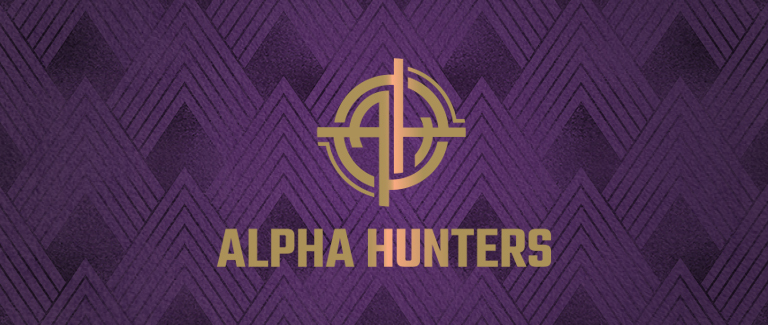

Date: 5/20/2021
Author: Chris Hood
Be sure to check out new episodes of my video podcast each week, where my ace pupil Brian Jones and I talk the ins and outs of options trading- and give you insights and strategy that you can immediately put to work for you in the markets.
If you think the top grapplers learned their craft on the competition mat, you’re crazy.
Current greats like Ryan Gordon, Lucas Lepri, and Rodolfo Vieira spent (and spend) countless hours training to perform their best when it counts.
It’s not just true of martial arts, but anything that requires skill.
Especially trading.
This is why I always recommend that new traders spend at least 30 days paper trading before putting money on the line.
Paper trading is a luxury I wish I’d had when I started.
It would have saved me lots of time and money as I figured out my current winning Alpha Hunters system.
Always remember that the planned trade is only the first step.
The real art and science is less about picking the trades than managing them.
I make plenty of money in the markets. Enough that I don’t need to run a coaching service.
However, nothing makes me happier than providing people with the skills to change their lives. But, some of the questions I get frequently tell me that many ignore my advice to start with paper trading.
Why do I emphasize it so strongly?
Let me give you the three key reasons.
First, you need to understand your platform and how to use it for trading.
Often, I’ll get questions such as:
How do I place this trade on Robinhood, Tasty Works, Interactive Brokers, etc.?
How do I set an autoclose order?
How do I find the options chain?
These are vital questions, and I always take the time to answer them when I’m able. But, unfortunately, there are just so many online brokers now that it’s impossible to know each system well.
You MUST learn this by paper trading BEFORE you risk capital.
No matter how seasoned you are, you’ll never completely eliminate accidents with placing or closing trades.
We’re only human.
Yet, you need to go into live trading with a certain amount of basic skills. So, if you’re still asking these types of questions, I recommend figuring it out with paper first.
The second main lesson of paper trading is learning how to manage a trade once it’s placed.
Not every trade is going to work out.
Even with a 70 plus percent win rate, you’re going to lose some.
As you learn more about options, you’ll hone the skills need to adjust your positions.
You’ll be able to lose less money or even convert losing trades into winners. But this isn’t something to learn with real money, in real-time, when the market is running and emotions are high.
I’ll repeat it – paper trade first.
Finally, paper trading helps you establish your trading plan to be consistently profitable in the long term.
To set up a trading plan, you must track your performance – especially win rates.
If you know that you win 75% of the time with bull put spreads and 60% of the time with long calls, you’ll learn how much you can expect to make based on how much you allocate to each type of trade.
With this starting point, calculating your expected profits isn’t a guess.
Instead, it’s a simple math problem.
Should your actual live trading performance suffer, you can troubleshoot your rules.
Profitable trading isn’t easy, but it’s possible for everyone who will put in the time.
No one gets good at anything without putting in the reps.
Be sure to check out Rogue Investing’s YouTube channel for my Hood Talk videos and head over to sign up for Alpha Hunters and start making money today.







